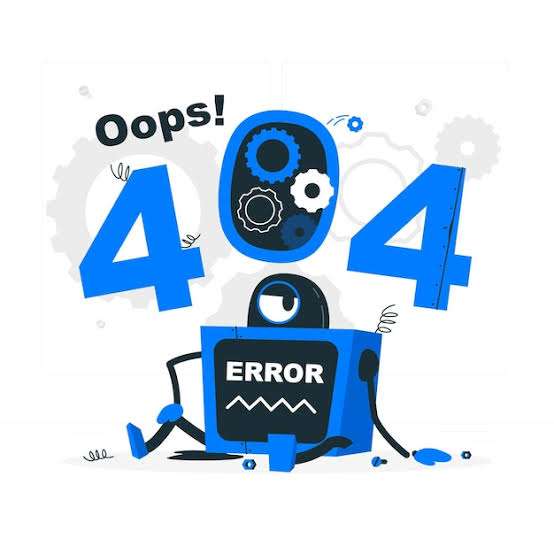Error 400, commonly known as the “Bad Request” error, is an HTTP status code that can be frustrating for both website owners and users. It signifies that the server cannot understand the request made by the client, typically due to malformed or incorrect data. While encountering this error can be perplexing, the good news is that it is often fixable. In this guide, we’ll explore the various causes of Error 400 and provide step-by-step instructions on how to resolve it.

Understanding Error 400
Error 400 can occur for several reasons, but its root cause often lies in the client’s request to the server. Here are some common scenarios that trigger this error:
- Typo in the URL: Sometimes, a simple typographical error in the URL can lead to a 400 error. Ensure that the URL is correctly entered.
- Invalid Characters: URLs should consist of alphanumeric characters, hyphens, and slashes. Special characters or spaces can cause issues.
- Browser-Related Problems: Browser cache, cookies, or extensions can interfere with the proper loading of a webpage. Clearing your browser cache and disabling extensions can help.
- Redirect Issues: If you have URL redirects in place, check them for correctness. Misconfigured redirects can result in a Bad Request error.
- Server Configuration: Server misconfigurations, such as overly restrictive security settings, can reject valid requests. Review your server settings or contact your hosting provider.
Step-by-Step Guide to Fix Error 400
Now, let’s dive into the steps you can take to resolve the Error 400 issue on your website:
1. Check the URL: Double-check the URL for any errors or typos. Ensure it is entered correctly, including capitalization.
2. Clear Browser
Cache and Cookies: Clear your browser’s cache and cookies to eliminate potential conflicts causing the error. Restart your browser afterward.
3. Try Another Browser: If the error persists, try accessing your website from a different browser to rule out browser-specific issues.
4. Disable Browser Extensions: Temporarily disable browser extensions and add-ons. Sometimes, these can interfere with website functionality.
5. Investigate Redirects: Review any URL redirection rules you have set up. Correct any misconfigurations that may be causing the error.
6. Review the .hatches File: If you’re using an Apache server, the .htaccess file may be the culprit. Check for errors or misconfigurations in this file. Make backups before making changes.
7. Deactivate Plugins and Switch Themes: Deactivate all WordPress plugins and switch to a default theme (e.g., Twenty Twenty-One). Re-activate them one by one to identify the problematic one.
8. Check Server Configuration: Contact your web hosting provider to ensure your server configuration is correct and does not block legitimate requests.
9. Monitor for Large Uploads: If you’re attempting to upload files, ensure they don’t exceed server upload limits, which can lead to a Bad Request error.
10. Update WordPress: Ensure your WordPress installation, themes, and plugins are up to date. Outdated software can introduce vulnerabilities and errors.
11. Examine Security Plugins: If you use security plugins, review their settings. Some may be overly aggressive in blocking requests. Adjust settings as needed.
Conclusion
Resolving a “Bad Request” error (HTTP 400) on your WordPress website can be achieved through systematic troubleshooting. By following the steps outlined in this guide, you can identify the root cause of the issue and take appropriate measures to fix it. Remember to back up your website before making any significant changes, and don’t hesitate to seek help from your hosting provider or web development team if needed. With persistence and careful attention to detail, you can successfully resolve Error 400 and provide a smoother experience for your website visitors.


